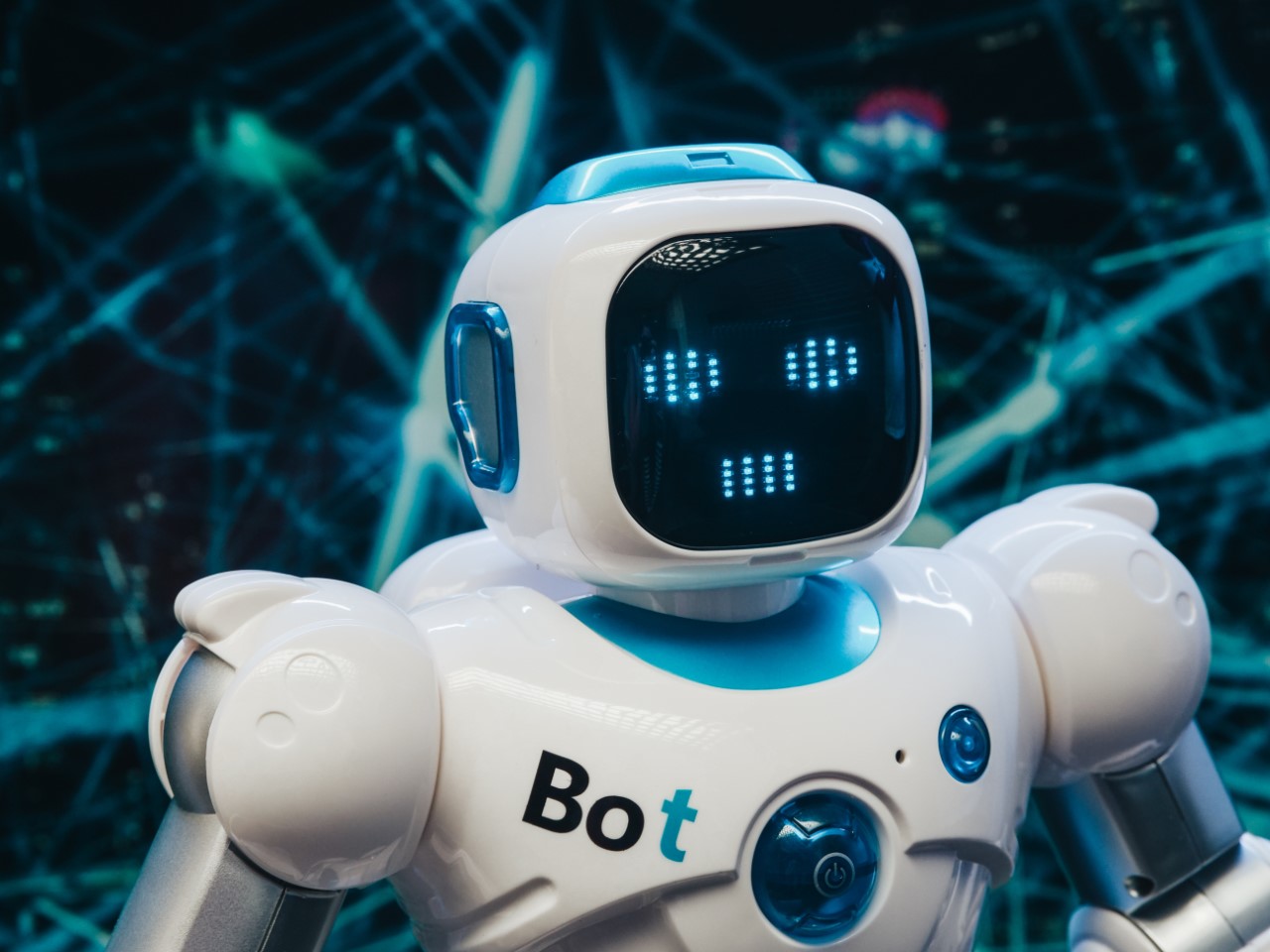What did I miss? Why should I care? How can I apply this for my company?
So often we attend informative events, feeling energized to take action with what we learned, only to have the takeaways fade once we return to work. When it comes to talent strategy, what worked before is no longer effective. Take action, don’t take cover. A couple of weeks after Glassdoor’s recent NY event, here’s a reminder of some key points you can apply.
Talent is a challenge on most leaders’ minds, but many may secretly hope this problem will wane like the latest fad. Unfortunately it won’t, so staying current on the latest information is important. Beyond a traditional event summary or replay, I would rather offer my insight on why what was presented at this event matters and how you can apply key information to your talent strategy.
Glassdoor featured best practices used by some of this year’s Best Places to Work honorees at their event. At the end I will recap the discussion about how successful companies are using innovative technology to streamline recruiting. But the most compelling information came from Glassdoor Chief Economist Dr. Andrew Chamberlain, who presented the business case for why talent will continue to be a challenge for the next 10 years and what actions could help companies “navigate the future of work.” I believe one of things that sets Glassdoor apart from competitors is their commitment to researching the economics behind talent initiatives.
Numerous Glassdoor research studies tie employer reviews to improved revenue, increased number of applicants and improved retention. I agree with Glassdoor President & COO Christian Sutherland-Wong’s statement that executing well on people, impacts revenue and overall performance.
Some key facts presented:
Predicted that this trend of tight labor market will continue for next 10 years; presented historic data showing that worker shortages are the new normal.
- A blend of factors will contribute to the prolonged tight labor market, including retiring of boomers, lower birth rates in recent decades, slowing immigration
- There are over 6 million jobs open on Glassdoor, and 5 million job seekers in the U.S.
- Open roles are taking 82% longer to fill than in 2010
- Every day a job sits unfilled is lost productivity and the salary of that employee
- Wage growth has been slow, but it is growing
- As a result of the tight labor market, companies are beginning to pay a premium for the skills they cannot readily find
- For some employees culture carries more weight than pay
What is culture? Dr. Chamberlain boiled it down to 4 components that help show a strong culture to candidates:
- Motivating Mission
- Transparency and open communication
- Shared values
- People focused
What about online reviews?
People are almost 2x more likely to apply when there are positive reviews vs negative reviews. (multiple Glassdoor and independent studies show this). Dr. Chamberlain advocates that companies control their conversation, by being aware of what is being said about them.
How you can apply this:
Control your conversation, but I recommend taking it further to create a narrative to help attract a pool of ideal candidates before you need them. Consider these steps:
- View any patterns of negative reviews as a roadmap to change.
- Respond authentically to comments so they don’t grow, fester and repel qualified candidates.
- Take corrective action.
- Use engagement tools on a regular basis to actively seek agile current feedback from your people.
- Put a conscious effort into defining your employer brand and ensure it aligns with the customer facing brand that you invest so heavily in presenting. Together, this approach of creating a narrative attract candidates. Which brings me back to the event panel on technology in the hiring process.
In a fascinating discussion, talent acquisition leaders from Southwest Airlines, St. Jude’s Medical Center and Glassdoor shared what is working as well as lessons learned.
Technology-Hiring Key Takeaways:
Embracing new technology streamlines the recruiting process to allow for more human interaction with candidates. AI is not replacing workers, rather allowing them to do more in less time.
Acting on candidate feedback to make improvements to their process.
Texting to streamline candidate/interviewer communication and scheduling.
Meet candidates where they are (time, location and expectations). Examples:
Two-way video interviews (Glassdoor) allows candidates to build a rapport with the interviewing team, vs more commonly used one way video.
On demand video interviewing (St. Jude) to meet the needs of ideal candidates in the medical field for example, whose ideal time may be outside of normal business hours.
Adopting technology widgets into their systems (Southwest) that tie to Glassdoor reviews to show transparency about their culture,
and Facebook widgets to encourage peer recruiting. Existing employees know who might be a good fit for a role, and they have proximity to people where the jobs need to be filled.
These execs shared a passion for their work and a demonstration that companies that invest in their people as well as technology see great results.
Final thoughts
Talent challenges today require a strategic 360 degree view. Learning from companies that are succeeding with hiring and recruiting allows you to focus on the next step: retention.
Retaining top talent takes a collaborative approach as well. Communicate with employees to keep satisfaction high. Brand ambassadorship begins inside a company. Satisfied employees are your best recruiting tool and drive positive customer outcomes. Create your own best practices that may land you on the next Best Places to Work list.



